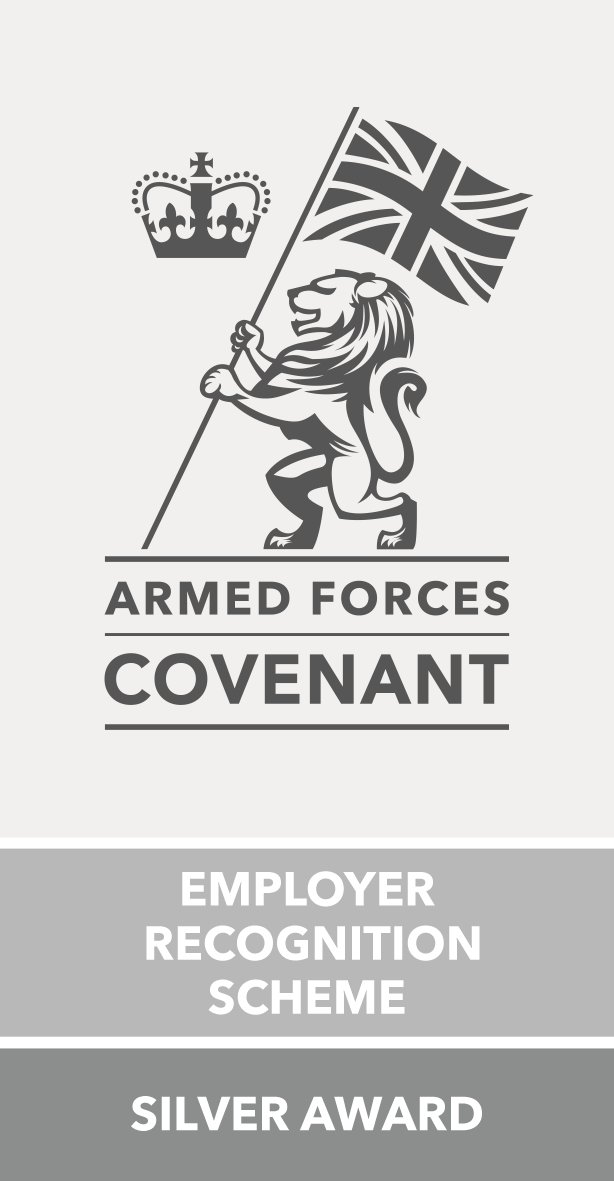Neuroendocrine Tumour (NET)
Neuroendocrine cells are similar to nerve cells, and they make chemical messengers called hormones. Hormones control how different organs in the body work.
Neuroendocrine cells are found all over the body, in organs such as the stomach, bowel, pancreas and lungs.
Neuroendocrine Neoplasm (NENs) is an umbrella term used to cover a group of cancers that start in neuroendocrine cells. These cancers may also be referred to as NETs, NECs, or even Carcinoids. NENs occur when neuroendocrine cells stop working normally and start to grow or behave abnormally.
There are 2 key types of NEN:
- NETs (neuroendocrine tumours) are called ‘well-differentiated’ and tend to have a slow to moderate growth pattern.
- NECs (neuroendocrine carcinomas) – are called ‘poorly differentiated’ and tend to grow rapidly.
Whether the tumour is described as a NET or NEC depends on the grade of the tumour. A doctor decides the grade of the cancer by looking at the cancer cells under the microscope. This gives an idea of how quickly the cancer might grow or spread.

Neuroendocrine Cancer affects more than 36,000 people a year in the UK, can occur in people of any age or gender and can develop in many places throughout the body. (Neuroendocrine Cancer UK 2020).
Incidence of Neuroendocrine Cancer has increased by 371% since 1995 range from slow growing, indolent tumours, (NET) to aggressive neuroendocrine cancers (NEC).
neuroendocrinecancer.org.uk have a video to watch if you have been newly diagnosed with NET cancer
The Neuroendocrine system

Common symptoms
- Flushing
- Diarrhoea
- Palpitations
- Abdominal Pain
- Heartburn
- Bloating
- Breathlessness
- Allergy Symptoms
Different tests
Neuroendocrine Cancer is often small and often not visible until it gets to the size of a pea. It can occur in various parts of your body and spread to different places too, so finding them or where they started can be difficult.
The number of tests before you may be asked to have can variey until your diagnosis is confirmed.
Some of the tests you may have are used for diagnosing as well as monitoring.
These include:
- Biopsies
- Blood tests
- Scans
- Endoscopy
Biopsies
A biopsy is where a small sample of tissue, or amount of cells is taken from your body, to be examined under a microscope. This will help the medical team to determine whether a tumour or lesion, cancer or not. If the sample is identified to be cancer, further tests may need to be performed on the sample, to get more information, and to see what treatment options may be available.
Depending on where the tumour is, the procedure for a biopsy may be different. For example, this may be done via Ultrasound, CT, or Endoscopy.
It may not always be possible to do a biopsy, as the area may be too hard to reach, the person may be too unwell, or may not wish to have a procedure.
Blood tests
Bloods, may need to be done in the hospital in the phlebotomy department, you may be required to fast for some blood testsYou may be required to fast for some blood tests.
Endoscopy
Depending on the type of Neuroendocrine Tumour you have, you might be required to have an ivestigation via endoscopy
Scans
A scan is a type of test that makes detailed pictures of areas inside the body. Scans can be used to help diagnose the disease, help clinicians plan your treatment, or they are used to find out how well treatment is working.
There are many different types of scans, such as:
- Computed tomography (CT) - are done with an x-ray machine linked to a computer
- Magnetic resonance imaging (MRI) - are done with radio waves and a powerful magnet linked to a computer
- Nuclear medicine scans such as an octreotide scan or a PET scan (bone scans and liver scans) - are done with small amounts of radioactive substances that are injected into the body and a special machine that detects the radioactive substance.
- Ultrasound (USS) - Uses high frequency sound waves to create an image of part of the inside of the body. Gel is spread on the area to be scanned and a handheld probe is then placed and moved across the area to capture real-time images
Useful information
The following links below provide additional useful information

















